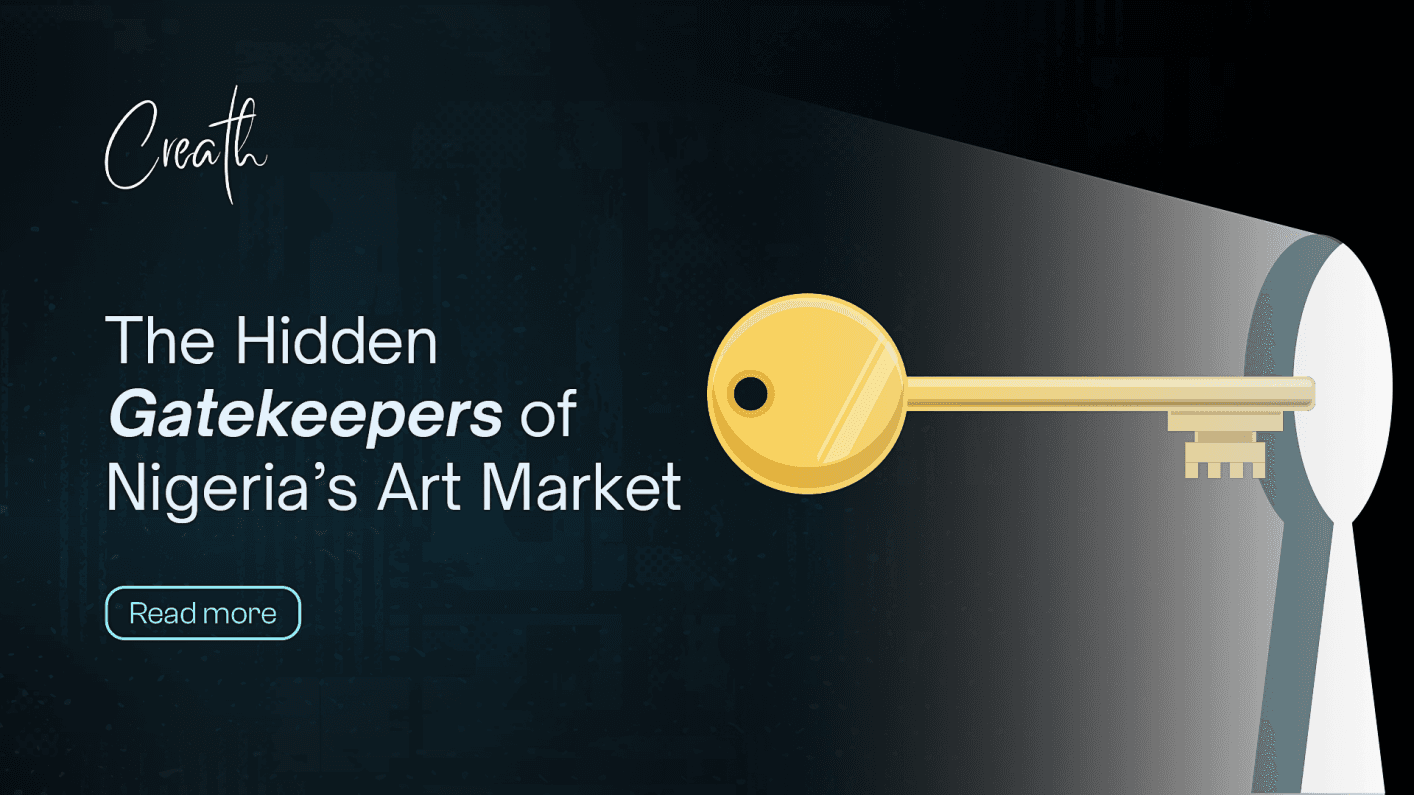
In Nigeria’s art space, one thing is certain—no one talks about collectors.
You’ll hear about the artist, the curator, the gallery, the exhibition. But when it comes to who’s actually buying the art? Silence. No names, no details, just vague phrases like “a private collector acquired this piece” or “a serious buyer has shown interest.”
It’s an open secret. Curators protect their collector lists like classified intelligence. Galleries close deals behind shut doors. Even artists, the ones actually creating the work, often don’t know who owns their pieces after a sale.
But the question is: Is this secrecy helping or hurting the Nigerian art space?
There are understandable reasons for privacy. Many collectors—especially high-net-worth individuals—aren’t looking for attention. They see art as a passion, an investment, or even a wealth storage method, and they prefer to operate discreetly.
Some worry about security. In a country where wealth can attract the wrong kind of interest, keeping a low profile is a smart move. Others fear being hounded by artists, curators, and dealers once their buying power becomes public knowledge.
And then there’s the power dynamic. In an industry where access is everything, controlling who knows who means controlling opportunities. Keeping collector information exclusive allows certain stakeholders—dealers, curators, gallery owners—to maintain leverage.
But at what cost?
The Nigerian art market appears to be expanding, but without clear data, it’s hard to say for sure. What’s certain, though, is that without more transparency, it risks becoming an insider’s game—where only a small, connected group truly benefits.
When collectors stay hidden, it’s not just artists who lose—it’s the whole market. New artists struggle to find buyers or even understand what kind of work sells. Pricing becomes unpredictable, based more on connections than real demand, making it hard to know what’s fair. Even collectors miss out—if they love a particular style but remain private, the artists creating that work may never know to reach them.
And let’s be real—secrecy creates room for exploitation. Stories circulate of artists unknowingly selling works far below market value because they didn’t realize how much demand there was. Others watch their art change hands at auctions for exponentially higher prices while they see none of that upside.
Some global markets are already shifting. Internationally, platforms like Artsy and Sotheby’s are bringing digital transparency to art sales, listing collectors and price histories. At Creath, this is already built into how we operate. Every piece of art sold on our marketplace has a verifiable chain of ownership, meaning artists can track where their work goes, and collectors know exactly what they’re buying.
Nigeria’s art industry doesn’t need to expose every buyer, but maybe it’s time to rethink how much secrecy is necessary. What if we had clearer data on how many artworks are actually being sold? What if artists and curators could track demand and collector interest without breaching privacy? What if the market was built on trust instead of gatekeeping?
Because at the end of the day, an industry that thrives in the shadows will always remain smaller than it should be.
So, here’s the real question: Is protecting collector privacy holding the Nigerian art scene back? What do you think?